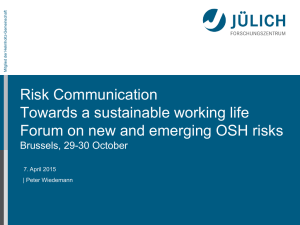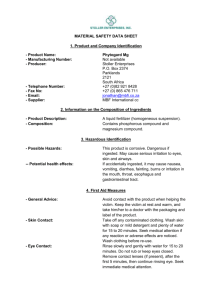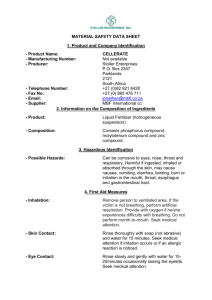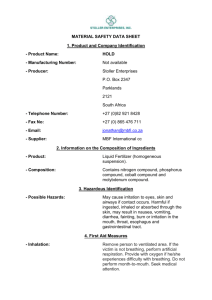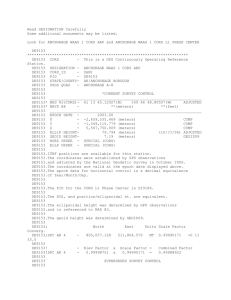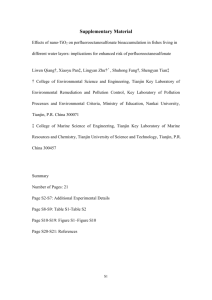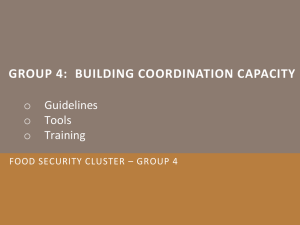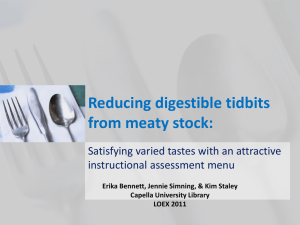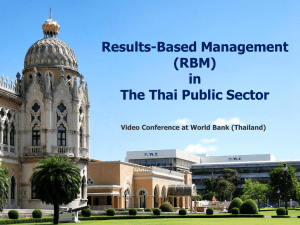NanoEHS Scrimmage Rulebook
advertisement
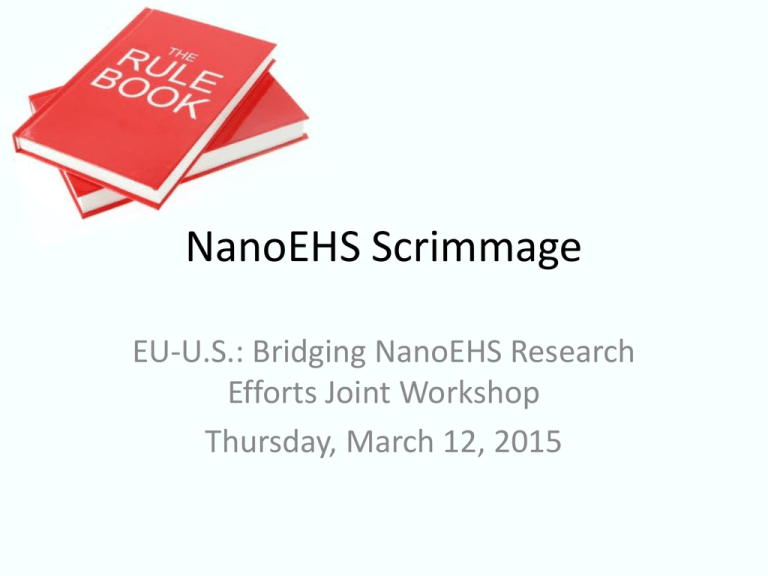
NanoEHS Scrimmage EU-U.S.: Bridging NanoEHS Research Efforts Joint Workshop Thursday, March 12, 2015 What Are We Doing? • Workshop participants will be divided into 10 teams to respond to a hypothetical nanoEHS scenario. • The winning teams will receive a prize. NanoEHS Scrimmage Scenario • We are all citizens of Country X, each assuming the role, expertise, and sector affiliations we currently hold in real life. Elections are coming up shortly, and due to a strong public demand for action, immediate regulatory decisions are being required by Country X leadership to impose strict limits on occupational, consumer, and environmental exposures to two specific ENMs: nanoTiO2 and CdSe-sensitized nano-TiO2 • The CORs represent the teams charged with developing the required recommendations, which will depend on academic, industrial, and regulatory information. • Through this activity, all members of the U.S.-EU CORs will work together to meet a unified government goal. A Note on Recommended Limits • While you have been instructed to formulate defendable limits from the standpoint of protecting health and the environment, the economic consequences of implementation of theses regulations is also a consideration that prevents regulated limits from being set to zero unless you are able to document extremely severe the consequences of a non-zero limit that outweigh important economic hardships that would accompany efforts to achieve a regulated level of zero. Disclaimer The recommended regulatory limits to be developed as part of this exercise are not intended to serve as actual policy recommendations; rather, the activity is intended to generate recommendations pertaining to the process of arriving at a collective answer in response to the simulated challenge. The Basics • Teams: – 10 preassigned teams – 5 teams focus on nano-TiO2 – 5 teams focus on CdSe-sensitized nano-TiO2 • To Play: Collect points by answering questions • To Win: Collect the most points. There will be two winning teams, one for each material. Teams Check your badge. Teams are preassigned. Nano-TiO2 CdSe-Sensitized Nano-TiO2 Exposure A Rick Canady Exposure B Martie van Tongeren Human Health A Robert Rallo Human Health B Yoram Cohen Ecotoxicity A Elijah Petersen Ecotoxicity B Henriette Selck Risk Assessment A Derk Brouwer Risk Assessment B Mark Wiesner Risk Management A Larry Gibbs Risk Management B Tom van Teunenbroek The leader for each group will keep the official team scorecard. Teams Check your badge. Teams are preassigned. Nano-TiO2 CdSe-Sensitized Nano-TiO2 Exposure A Rick Canady Exposure B Martie van Tongeren Human Health A Robert Rallo Human Health B Yoram Cohen Ecotoxicity A Elijah Petersen Ecotoxicity B Henriette Selck Risk Assessment A Derk Brouwer Risk Assessment B Mark Wiesner Risk Management A Larry Gibbs Risk Management B Tom van Teunenbroek These teams will compete against each other These teams will compete against each other To Play • Collect as many points as possible by answering questions on the scorecard. • 1 question = 1 point • All teams will have the same set of questions in four categories: – Occupational workplace limit – Consumer product concentration limit – Environmental exposure limit for freshwater – Ambient air quality exposure limit • Prioritizing questions is a must! Speed Consulting • Other CORs will be consulted in a round-robin discussion with 10 minutes per rotation – 5 minutes on nano-TiO2 – 5 minutes on CdSe-sensitized nano-TiO2 • B teams will stay at the same table throughout the activity • A teams will rotate every 10 minutes Scorecard Rotation Schedule (more on this soon) List primary team that you worked with to come up with answer in resource column. This could be “self” if no other team was consulted, or it could be the name of the other team consulted, e.g., “Ecotoxicity B.” Answer column is self-explanatory Evolving Priorities • Use Page 5 of the scorecard to list your priorities areas after the first and last rounds. • We will use this information to measure the impact of interacting with the other groups. A Note on Questions • Please try to constrain your answers to the questions listed on the scorecard. • However, if you think that a particularly relevant question was not included, you can add that question and answer it. Each team individually strategizes, ranks priorities, and begins answering questions Human Health B Exposure A Round 1: Cluster 1 Discuss questions with partner team Human Health B Exposure A Round 2: Cluster 1 Discuss questions with partner team Human Health B Risk Management A Round 3: Cluster 1 Discuss questions with partner team Human Health B Risk Assessment A Round 4: Cluster 1 Discuss questions with partner team Human Health B Ecotoxicity A Round 5: Cluster 1 Teams reconvene to rank priorities and finalize answers Human Health B Human Health A Round 6: Cluster 1 Why Are We Doing It? • To carry out a simulated decision process that explores how communication processes between CORs function, and may sometimes fail, to address the information and actions needed to support responsible development of nanotechnology • To incorporate input from multiple communities of expertise across the nanoEHS field. • To provide insight into how the U.S.-EU CORs should advance and set goals by shedding light on several questions: – What are some critical disconnects between communities or information deficits that might be addressed within the CORs? – Are the CORs properly aligned for successful information-sharing in support of risk-based decisions on nanomaterials? – What major differences are revealed through this specific case regarding informational needs and communication processes 1) for the different selected nanomaterials and 2) in the U.S. and the EU? • Avoid this being another academic exercise – avoid the automatic response of “we can’t give you a number yet” that would result in a general discussion of data gaps. What Do We Hope to Achieve? • A peer-reviewed manuscript summarizing the event, its results, lessons learned, and implications for coordinated nanoEHS research. • Scorecards will provide raw data (i.e., questions answered, questions skipped, which groups answered which questions, etc.) • Subsequent plenary sessions provide opportunities to discuss findings and outcomes Schedule 10:30 – 10:50 Coffee Break Move to NanoEHS Scrimmage room 10:50 – 12:00: NanoEHS Scrimmage Activity 12:00 – 13:00: Plenary #1 Discuss what worked, what didn’t, surprising results, etc. in a facilitated conversation Provide context for the scorecards 13:00 – 14:00: Lunch (scorecards will be tabulated) 14:00 – 14:20: Plenary #2 (back in original room) Present/discuss initial analysis of scorecards Announce winning teams Questions?
